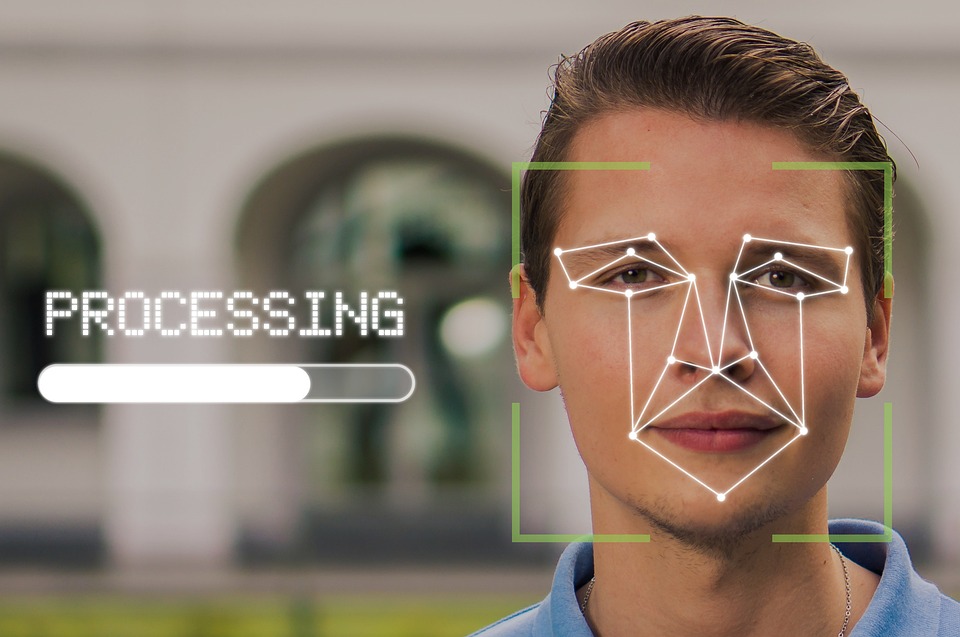
Face recognition technologyon is a strategy for recognizing or checking the character of an individual utilizing their face. Face recognition frameworks can be utilized to distinguish individuals in photographs, video, or continuously. Law requirement may likewise utilize cell phones to recognize individuals during police stops.
Be that as it may, face recognition information can be inclined to mistake, which can ensnare individuals for wrongdoings they haven't submitted.Facial recognition programming is especially awful at perceiving African Americans and other ethnic minorities, ladies, and youngsters,frequently misidentifying or neglecting to distinguish them, divergently affecting certain gatherings.
Also, face recognition has been utilized to target individuals participating in ensured discourse.Sooner rather than later, face recognition innovation will probably turn out to be more omnipresent.It very well might be utilized to follow people's developments out on the planet like computerized tag perusers track vehicles by plate numbers.Continuous face acknowledgment is now being utilized in different nations.
Face recognition frameworks use computer algorithms to choose explicit, unmistakable insights regarding an individual's face. These subtleties,for example, distance between the eyes or shape of the chin, are then changed over into a numerical portrayal and contrasted with information on different appearances gathered in a face recognition data set. The information about a specific face is regularly called a face template and is unmistakable from a photo since it's intended to just incorporate certain subtleties that can be utilized to recognize one face from another.
Some face recognition frameworks, rather than decidedly distinguishing an obscure individual, are intended to ascertain a likelihood coordinate score between the obscure individual and explicit face formats put away in the information base. These frameworks will present a few expected matches, positioned arranged by probability of right ID, rather than simply restoring a solitary outcome.
Face recognition frameworks differ in their capacity to distinguish individuals under testing conditions, for example, helpless lighting, bad quality picture goal,and imperfect point of view, (for example, in a photo brought from above peering down on an obscure individual). With regards to blunders, there are two key ideas to comprehend.
 A "false negative" is
the point at which the face recognition framework neglects to coordinate
an individual's face to a picture that is, indeed, contained in an
information base. At the end of the day, the framework will mistakenly
restore zero outcomes in light of a question.
A "false negative" is
the point at which the face recognition framework neglects to coordinate
an individual's face to a picture that is, indeed, contained in an
information base. At the end of the day, the framework will mistakenly
restore zero outcomes in light of a question.
A "false positive" is the point at which the face recognition framework coordinates an individual's face to a picture in an information base, however that match is really mistaken. This is the point at which a cop presents a picture of "A," however the framework mistakenly tells the official that the photograph is of "B."
While investigating a face recognition framework, it is imperative to take a gander at the "false positiv" rate and the "false negative" rate, since there is quite often a compromise. For instance, on the off chance that you are utilizing face recognition to open your telephone, it is better if the framework neglects to recognize you a couple of times (false negative) than it is for the framework to misidentify others as you and allows those individuals to open your telephone (false positive). In the event that the aftereffect of a misidentification is that an honest individual goes to prison (like a misidentification in a mugshot information base), at that point the framework ought to be intended to have as not many bogus positives as could be expected.
